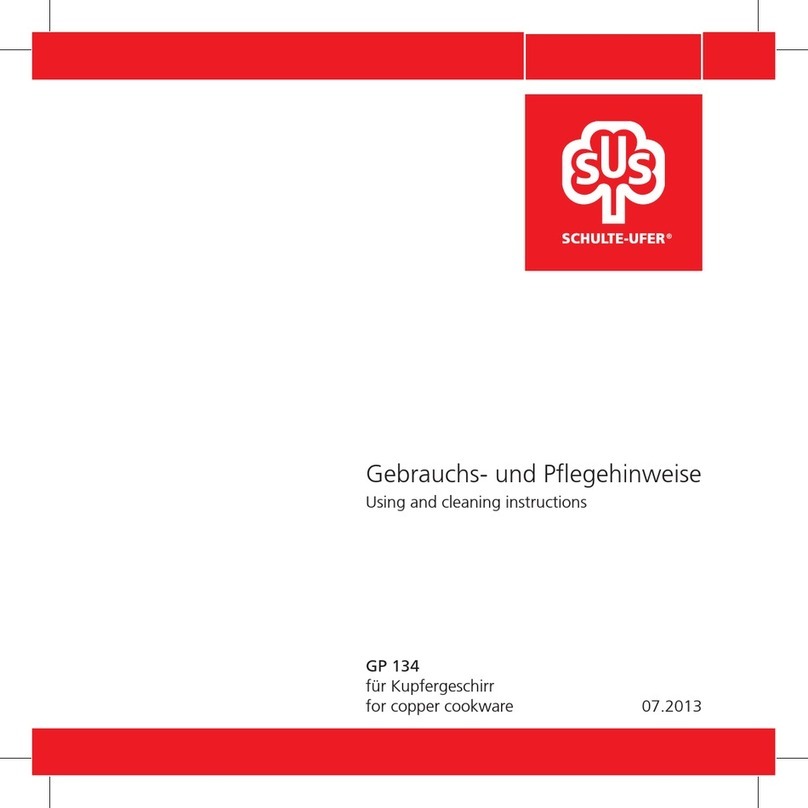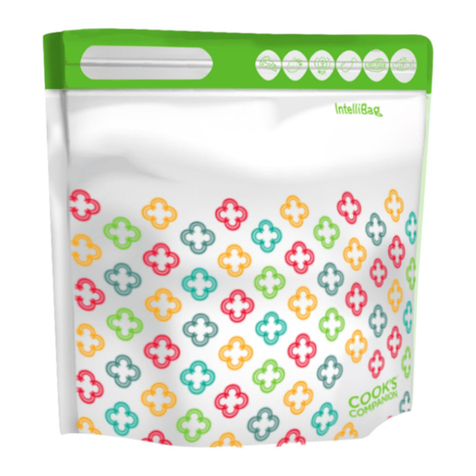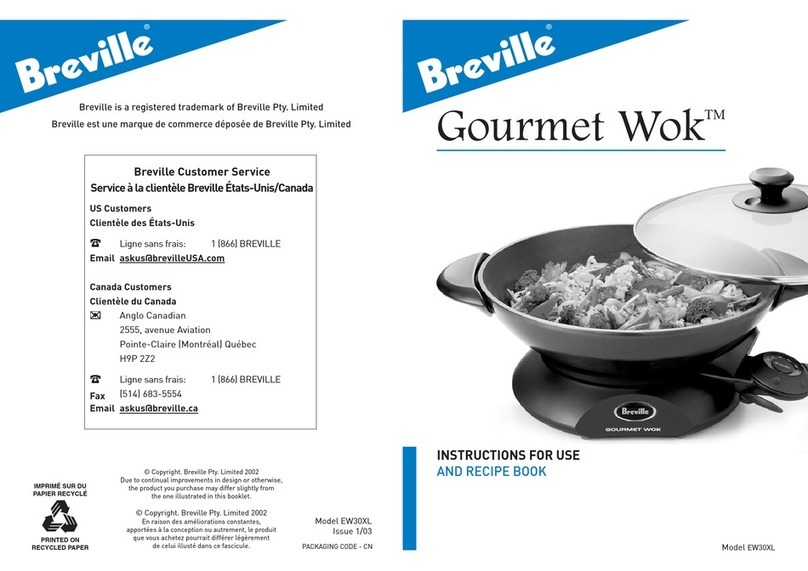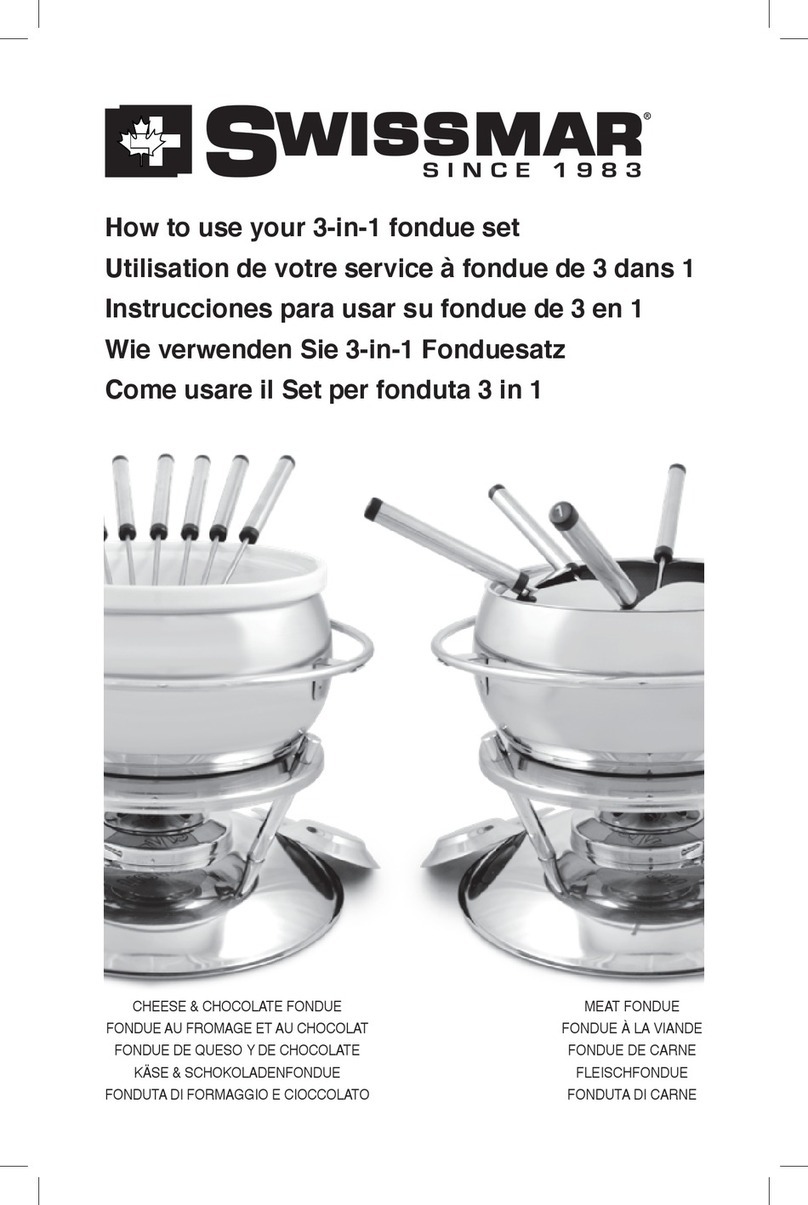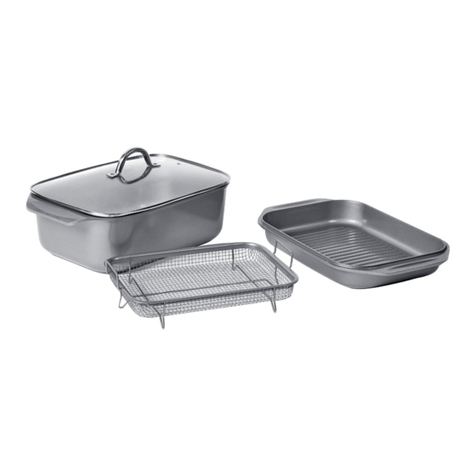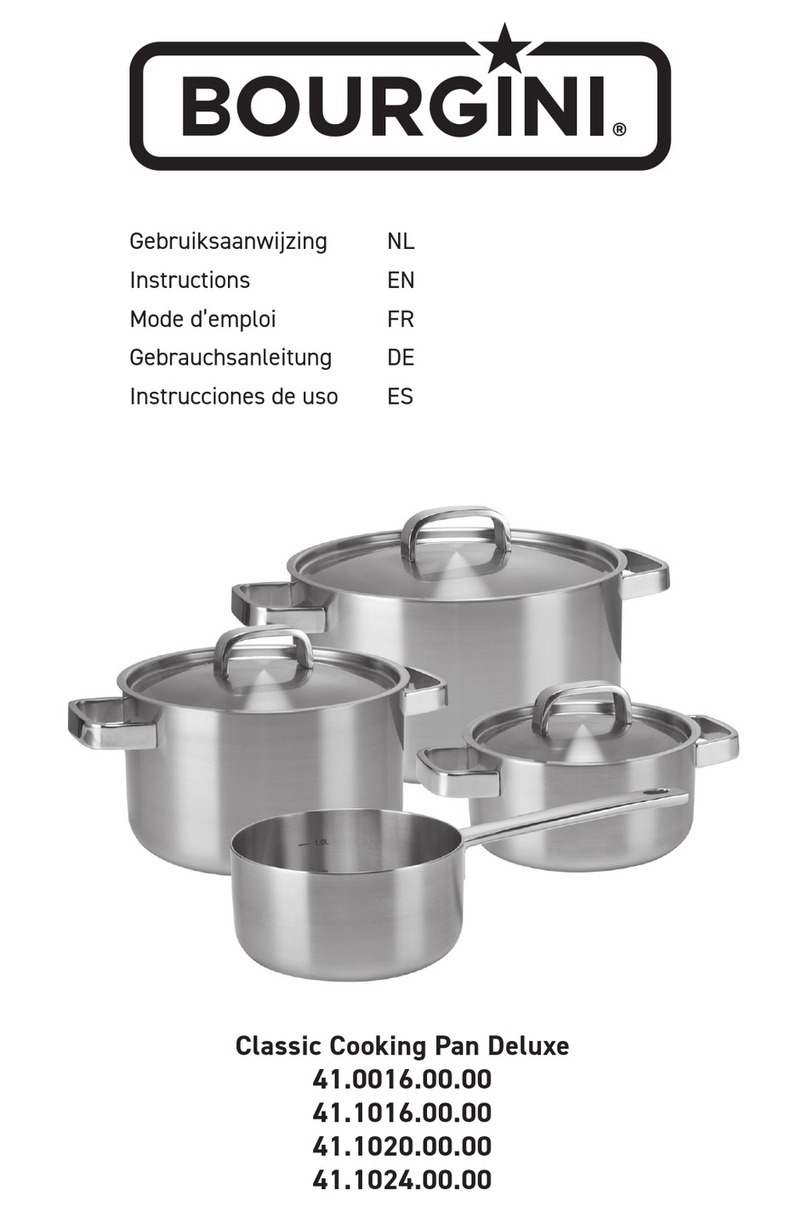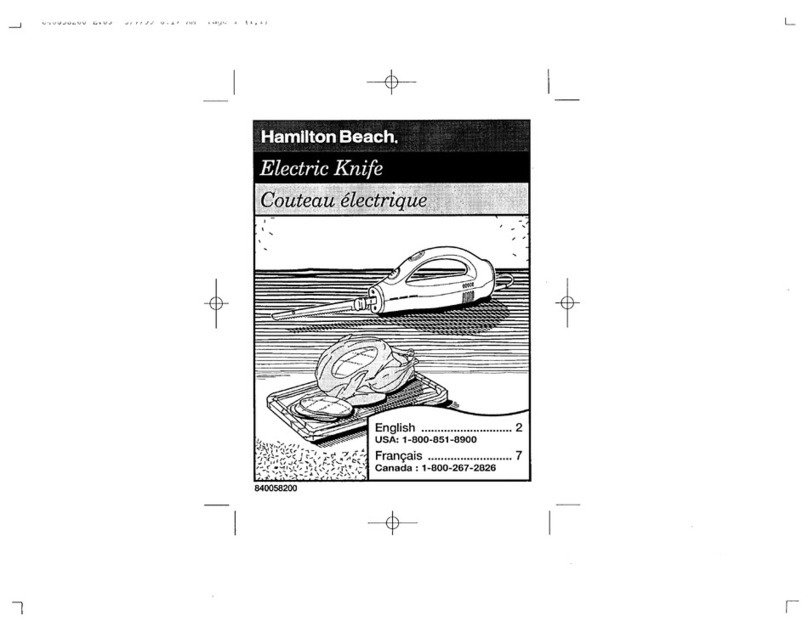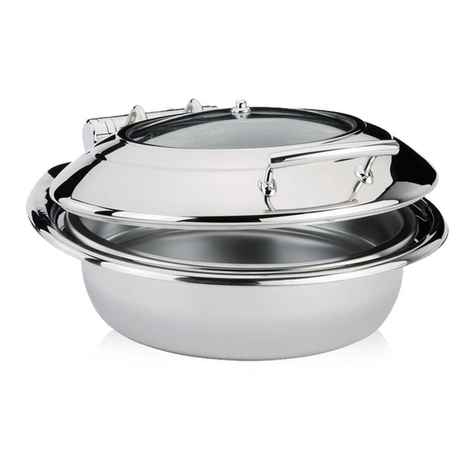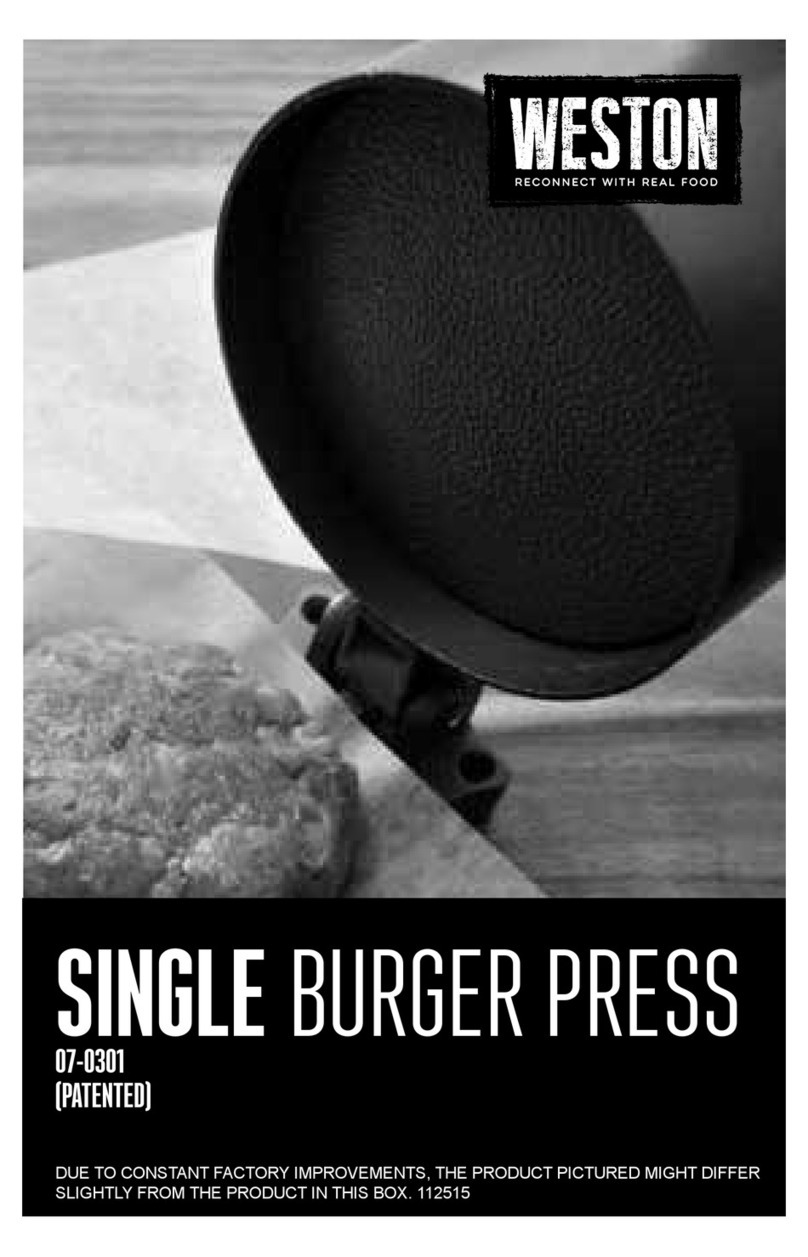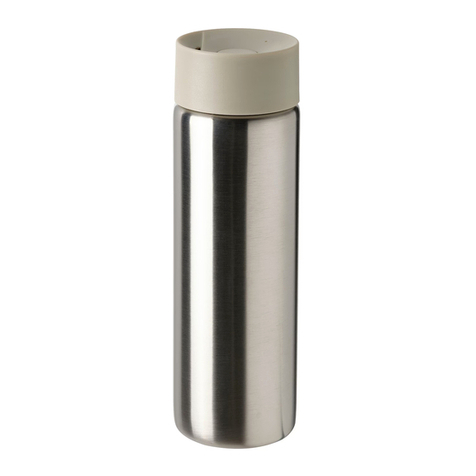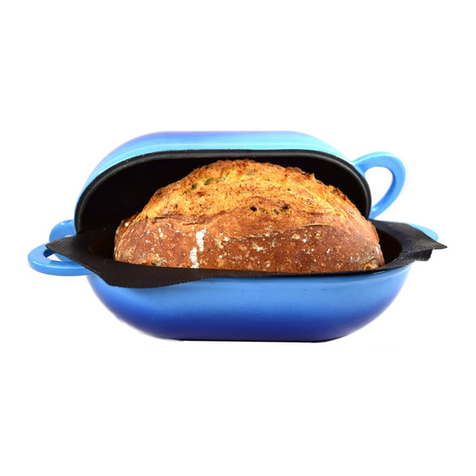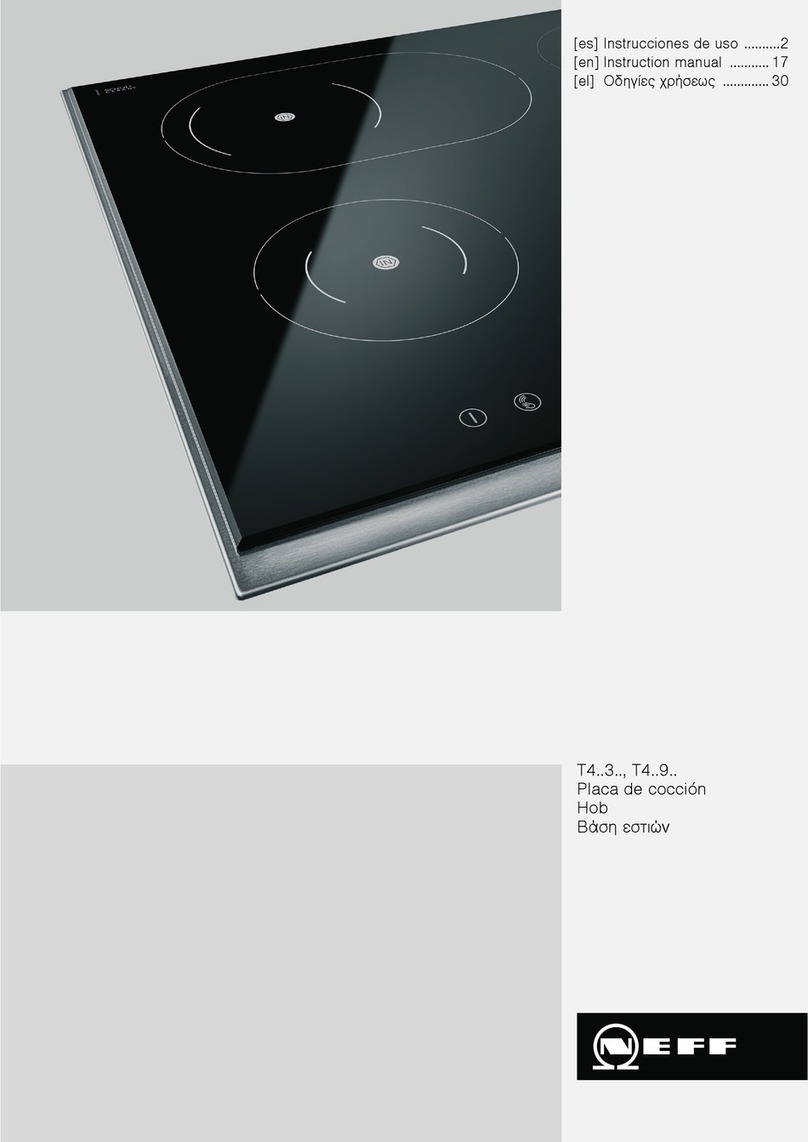Chinese cooking differs from other cuisines in that cooking with
the wok is fast and efficient, while the preparation of ingredients
takes the time. All food preparation needs to be finished before
the cooking begins; this prevents over-cooking and helps
maintain the tender, crisp texture that is the secret to
Asian dishes.
To ensure fast, even cooking, all ingredients are cut to uniform
size, shape and thickness. A dish looks prettier when vegetables
are sliced diagonally. This also exposes a greater surface area to
absorb the seasonings. Cutting the meat across the grain into
thin slices will make it more tender. A major utensil needed for
preparing Asian dishes is a sharp knife, cleaver or a food
processor. Since eye appeal is important in Asian cooking, do
not hesitate to garnish your dishes with tomato wedges, parsley,
celery leaves, etc.
In frying, peanut oil is most often used because it does not
impart flavor to the food and it has a higher heating point before
smoking will occur. Other vegetable oils such as corn, soybean
or sunflower oil can be used, but avoid shortening, lard, butter,
margarine or olive oil.
Many of the basic ingredients for Chinese cooking will be familiar
to you: soy sauce, red vinegar, salt, sherry, sugar, ginger, green
onions, garlic, corn starch, hot pepper, water chestnuts, etc.
Other ingredients that might not be so familiar include snow
peas, fresh ginger root, bamboo shoots, hoisin sauce, cellophane
noodles, star anise, etc. If a recipe calls for an ingredient
unknown to you, ask for it at your local grocery or specialty food
store. Check the yellow pages in your local phone directory for a
Chinese grocery, or call a Chinese restaurant and ask where they
purchase their Chinese ingredients. Many Chinese cookbooks
give a partial listing of Chinese stores that will mail-order
ingredients to you. It is fun to try these unusual ingredients while
also making your dishes more authentic.
4
SOME TECHNIQUES TO REMEMBER WHEN
CHINESE COOKING
